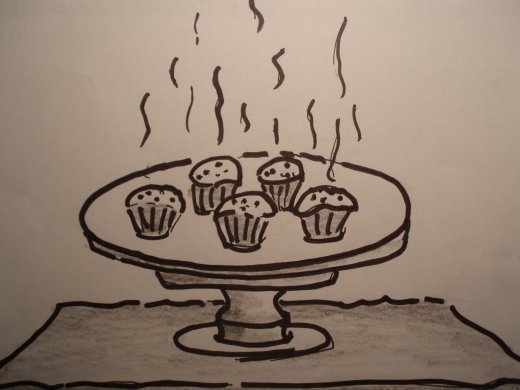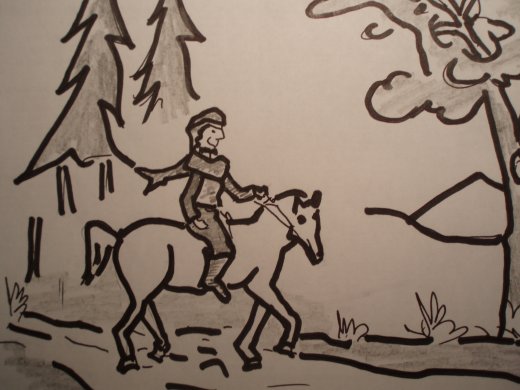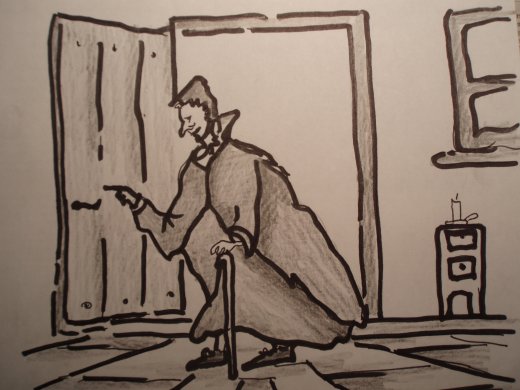The Electronic White Board
Henk van Oort, the Netherlands
Henk van Oort trained as a primary teacher before taking a Masters Degree in English from the University of Amsterdam. His forty years of teaching in regular and in Waldorf education comprises work as a general teacher, teacher of English and headmaster. At the present he runs introductory courses in anthroposophy for teachers and parents. He also teaches as a teacher trainer on international summer courses at Pilgrims, Canterbury, England. He is the author of “Challenging Children, One Hundred Activities for the English Lesson in Primary Education”, published by DELTA, England. His “Anthroposophy, a Concise Introduction” has recently been published by the Rudolf Steiner Press, England.
Email: vanoort-breman@quicknet.nl
The Electronic Whiteboard… It’s a great invention, this electronic white board that is invading classrooms worldwide at the moment. In front of the class all blessings of the internet at the flick of a switch! Could not be better. And I mean it. Unlimited information available to teachers and pupils. Incredible. The personal computer seemed to have opened up a new world a decade ago, but the use of the internet in this way is even more impressive and probably also rather compelling. We cannot deny the flood gates of information that have been opened up. Nevertheless I sense a sort of discrepancy between the children and this electronic device.
I am currently teaching English as a foreign language to children aged seven. When some weeks ago I entered the classroom I could tell from the children’s faces that something exciting had happened. A boy ran up to me and started to explain the use of the new electronic white board that was on the wall in front of the class. The blackboard, in fact a quarter of its original size, was allocated a minor position somewhere in the corner.
The boy’s instructions were very much to-the-point and after some minutes I understood how I could write and make drawings with my finger. Amazing: no chalk needed anymore. The funny thing was that for this particular lesson I had prepared the story of King Alfred who burnt the cakes to tell to my pupils and I had made twelve drawings on big sheets to show while telling this story. All of a sudden I felt hugely out-dated, old-fashioned, passé. The drawings were in my bag, the story was in my head and heart, and I lost courage at the same time. The day before I had been searching the internet for images, cartoons, etc, that could be used as illustrations to my story. I had printed some of them but I was not really content with the result. So I had decided to draw them myself. And now this unexpected alien element that had invaded the classroom put me off my balance. When in the end I decided to switch off the board the same boy came to my rescue because I couldn’t manage. Laughter, and right so.
I started to tell this wonderful story of King Alfred who burnt the cakes and at suitable moments I showed the class a corresponding drawing. The drawings of course were crucial for real understanding what was told in the foreign language. When I had finished, a row of twelve illustrations were hanging with some blue-tack from the upper edge of the electronic board. Not on the board please! After this I asked some pupils to come to the board and take away the pictures I mentioned. I said: ‘John, please give me King Alfred’s crown.’ And: ‘Mary, give me the old woman.’ Etc. An excellent exercise. To finish this lesson I started walking through the classroom distributing the drawings to twelve pupils. I simply put each drawing in front of a pupil on the desk. Next I invited a pupil to come to the front and ask the class: ‘Please bring me the king on his horse.’ The one who brought this drawing asked the following question: ‘Please bring me King Alfred and the cakes.’ etc. A lovely exercise. By now we have done this in four lessons in a row. And they still like it.
At the end of the lesson my ever active monitor somewhere at the back of my mind told me that all of us had completely forgotten the electronic white board and, much to my delight, and reassurance, my pupils had highly appreciated my drawings, which have no artistic value whatever, I admit.
This little story straight from my classroom experience may tell us that children on a subconscious level want to know who you are, as a teacher of course, but also as a human being. They far more appreciate your clumsy drawings than the sophisticated images that can be found on the internet. Not too clumsy of course. Just practice them the night before and you will manage. I really hope that electronics will not chase away the teacher of flesh and blood from the classroom. Electronic white boards can be there but also in foreign language teaching it is essential to keep the process warmly human.




Please check the Methodology and Language for Primary Teachers course at Pilgrims website.
Please check the What’s New in Language Teaching course at Pilgrims website.


|